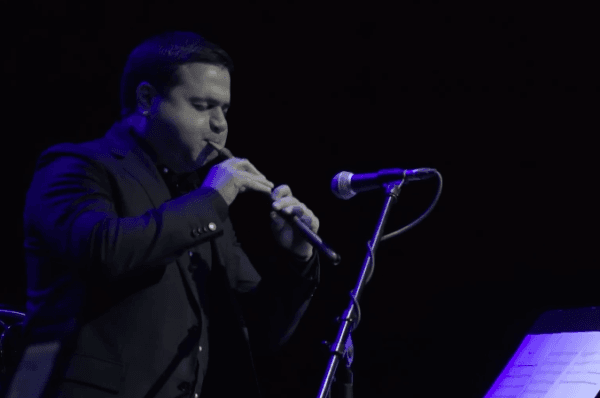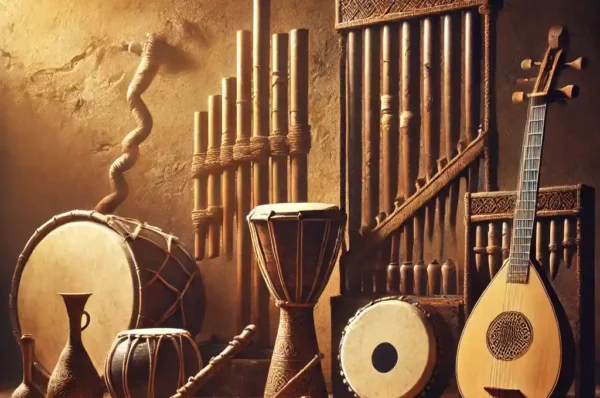If you’re curious about lutes and other musical instruments, and you’re looking to purchase a lute, then this article is perfect for you.
The lute is a stringed instrument with a rich musical heritage, originating from the Middle East and embraced and developed by diverse cultures over centuries. Beyond being a musical instrument, the lute plays a significant role in the transmission of cultural identity and traditions. This detailed article delves into the lute’s historical background, its cultural significance in various societies, the materials used in its construction, and the key features that distinguish it from other instruments.

Historical Origins:
While the exact origins of the lute remain obscure, archaeological evidence and historical sources suggest that the instrument boasts a history dating back to the 3rd millennium BCE. Depictions of lute-like instruments have been unearthed in ancient civilizations like Mesopotamia, Egypt, and Persia. Over time, the lute spread from the Middle East to Europe and Asia, evolving into unique forms and playing techniques in different regions.
Cultural Significance:
The lute holds a prominent position in Turkish, Arabic, Persian, Berber, and many other cultures. It is employed in a wide spectrum of musical genres, ranging from classical to folk music. The lute not only enhances the enjoyment of listening experiences but also complements traditional art forms like poetry and storytelling. In many cultures, the lute is used to express themes of love, heroism, and spirituality.
Areas of Usage:
The lute is a widely used instrument across the Middle East, North Africa, and the Caucasus. It is particularly popular in countries like Turkey, Iran, Iraq, Egypt, Morocco, Algeria, and Tunisia. In recent years, lute music has gained traction in the West, with many Western musicians incorporating the instrument into their repertoires.
Construction Materials:
The lute is typically crafted with a wooden body and neck, strings made of gut or nylon, and a leather plectrum. The body can be pear-shaped or almond-shaped and is often adorned with decorative elements like carving or inlay. The neck, usually made of walnut or ebony, is fitted with frets. Traditionally, strings were made of gut, but nowadays, nylon strings are also prevalent. The plectrum is commonly made of plastic or bone.
Distinguishing Features from Other Instruments:
The lute sets itself apart from other stringed instruments, particularly the guitar and oud, in several key aspects. The lute’s body is pear-shaped or almond-shaped, while the guitar and oud typically have round bodies. The lute’s neck is shorter and has fewer frets. The lute is played with a plectrum, whereas the guitar and oud are generally played with fingers or a pick. The lute produces a softer and more mellow sound compared to the guitar and oud.
Playing Techniques:
The lute is a versatile instrument that can be played using various techniques. One of the most common techniques involves plucking or strumming the strings with fingertips or a plectrum. Additionally, different articulations like legato and staccato can be employed. The lute can be used to perform intricate melodies and harmonies and can be played as a solo instrument or in an ensemble setting.
Lute Masters:
Throughout the centuries, lute virtuosos have mastered the art of coaxing extraordinary sounds from the instrument. These masters have contributed to developing new playing techniques and expanding the lute repertoire. Some of the most renowned lute masters include:
Farabi: A 9th-century Persian philosopher and music theorist who wrote extensively on the oud and lute.
Ibn Sina: An 11th-century Persian physician, philosopher, and scientist who made significant contributions to music theory.
Safi al-Din Urmawi: A 13th-century Persian music theorist who composed treatises on the lute and other instruments and developed new musical modes.




